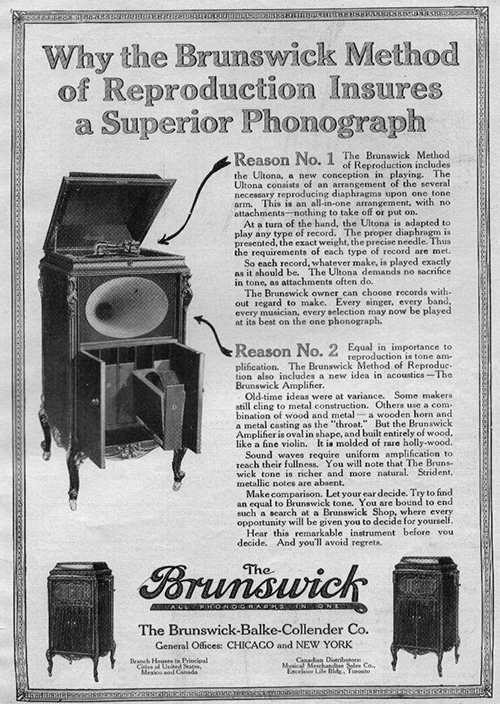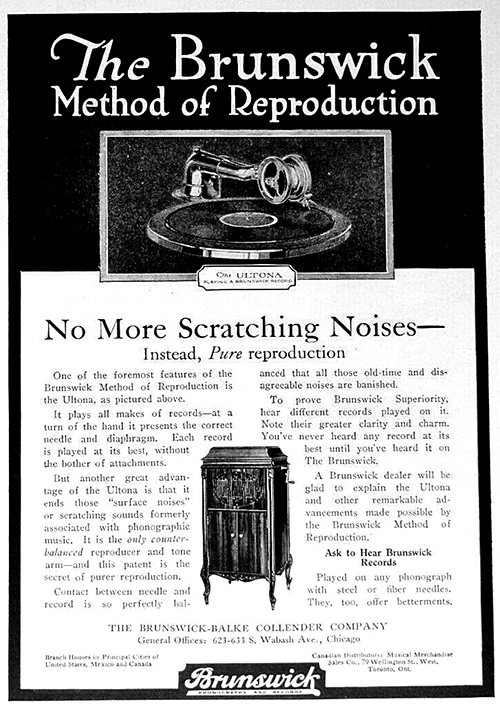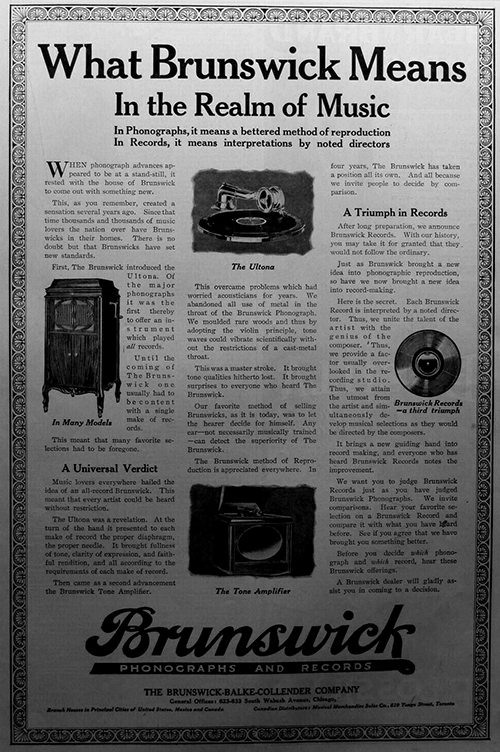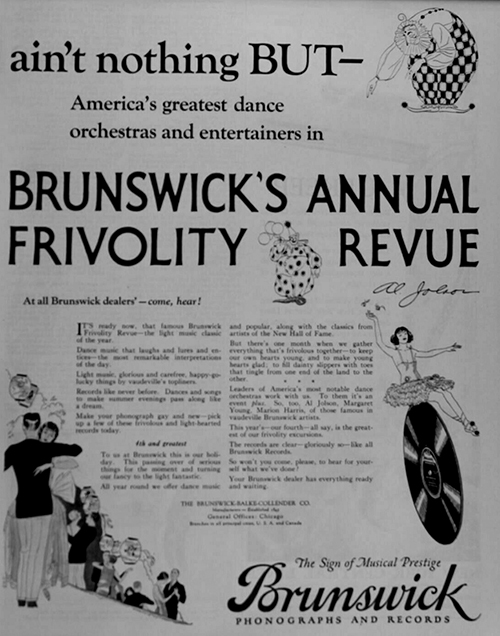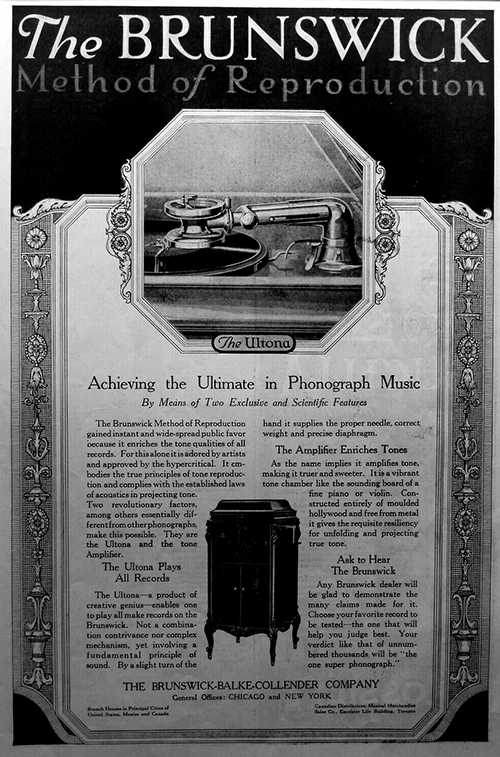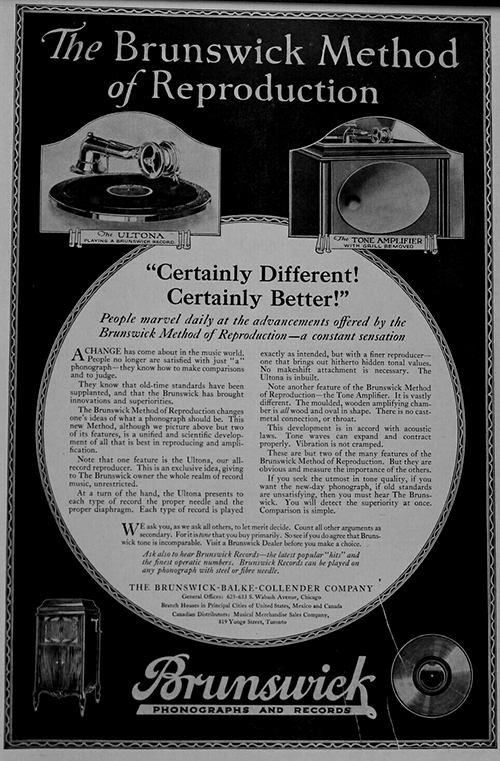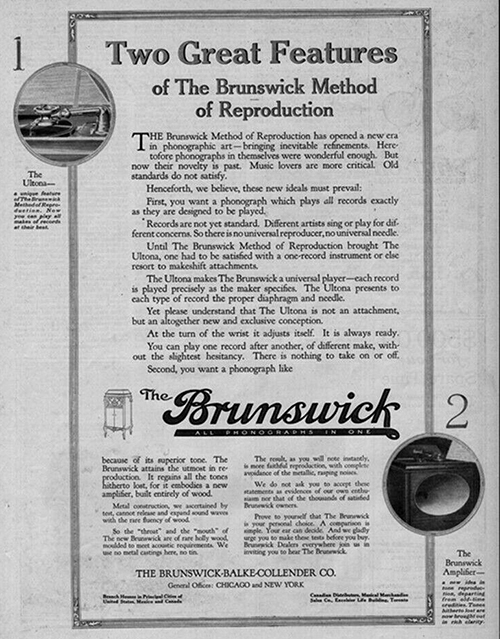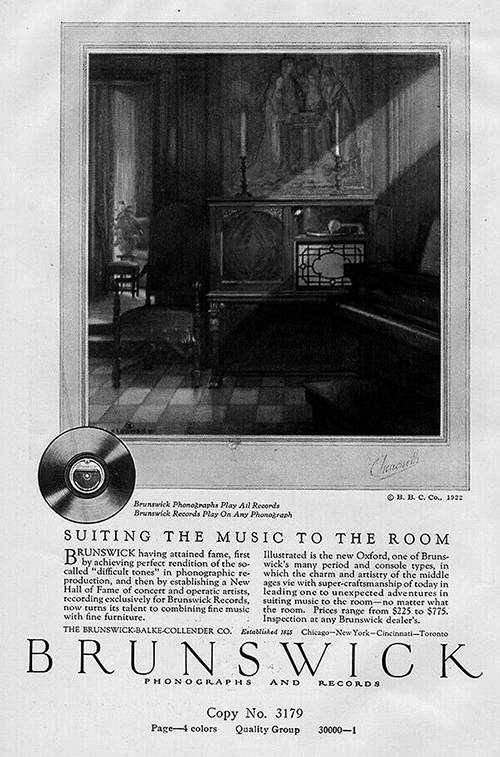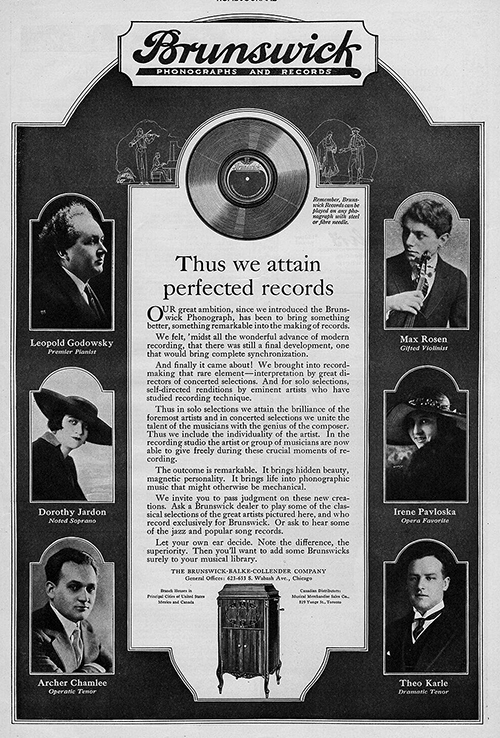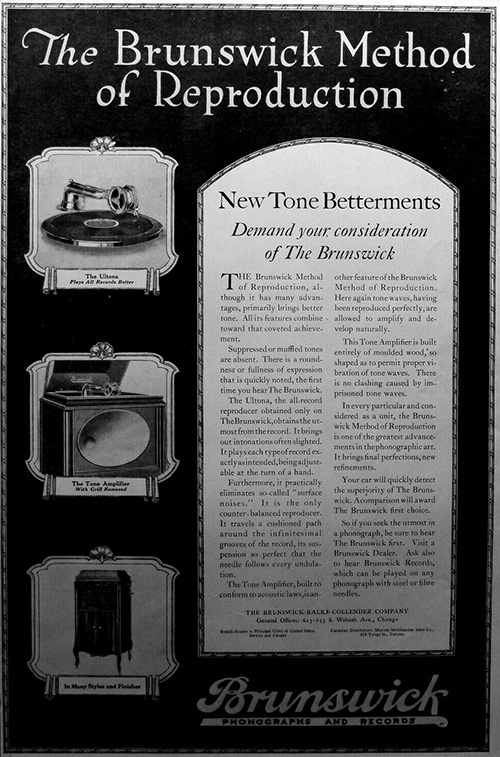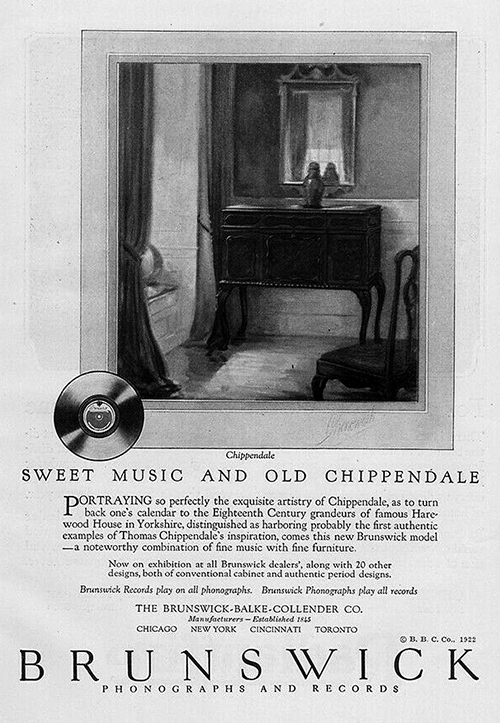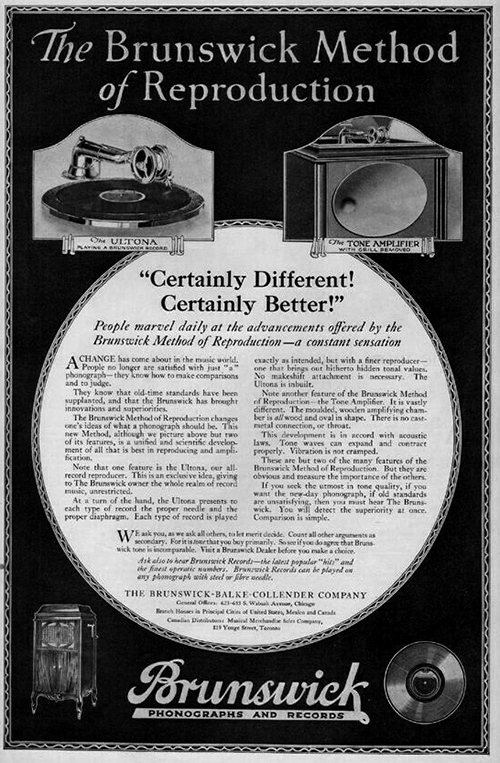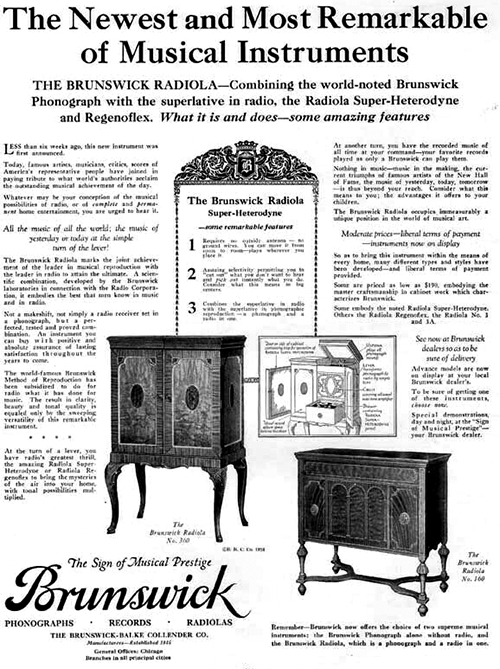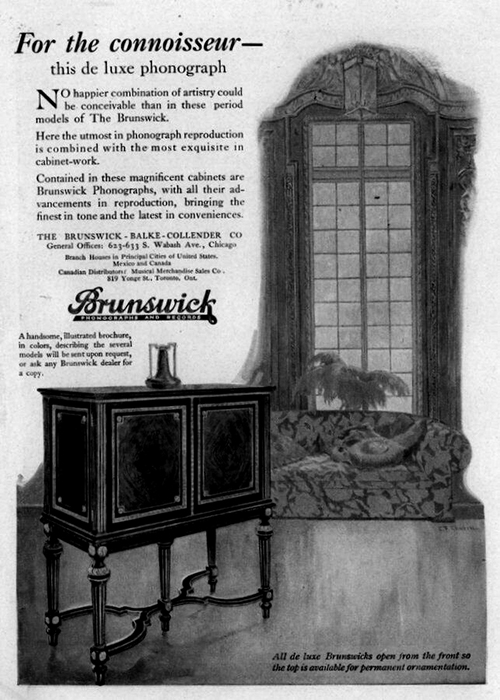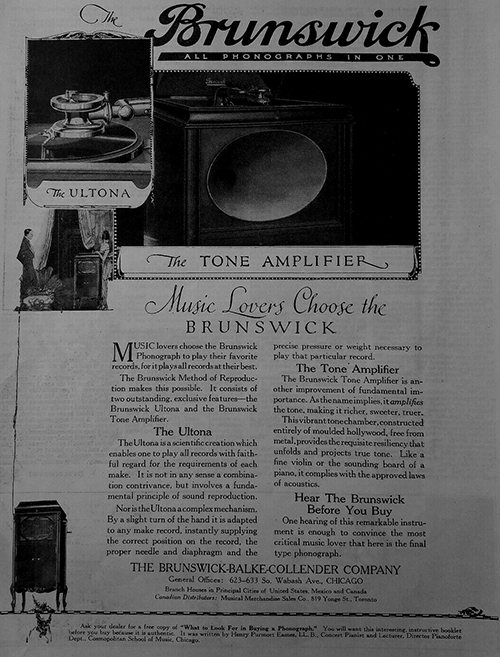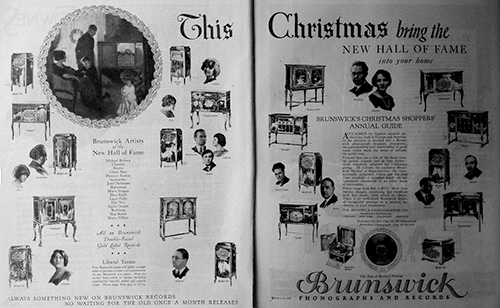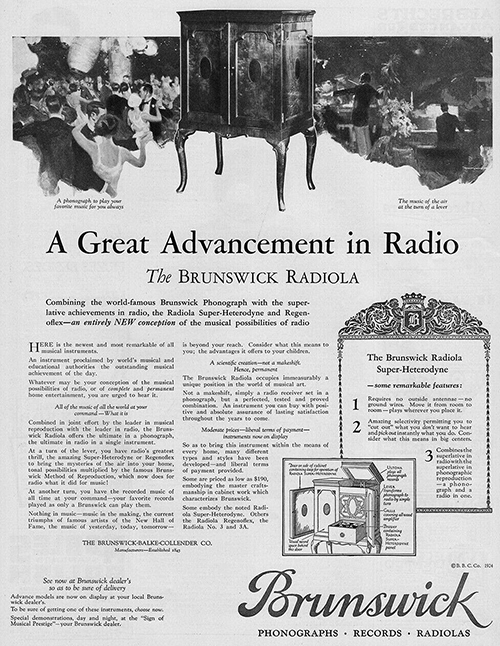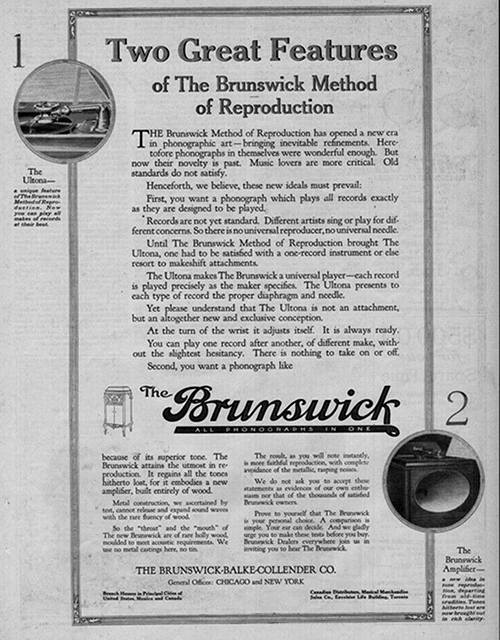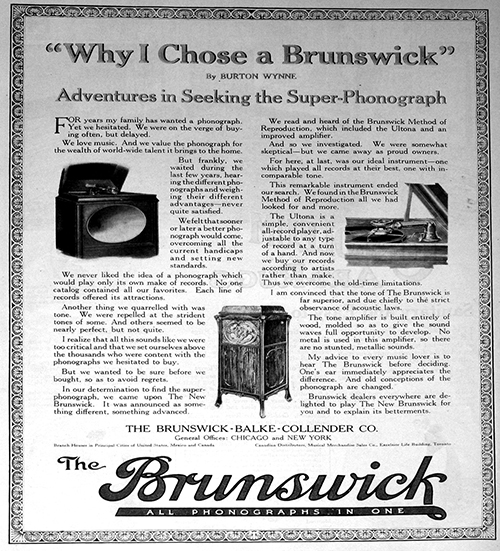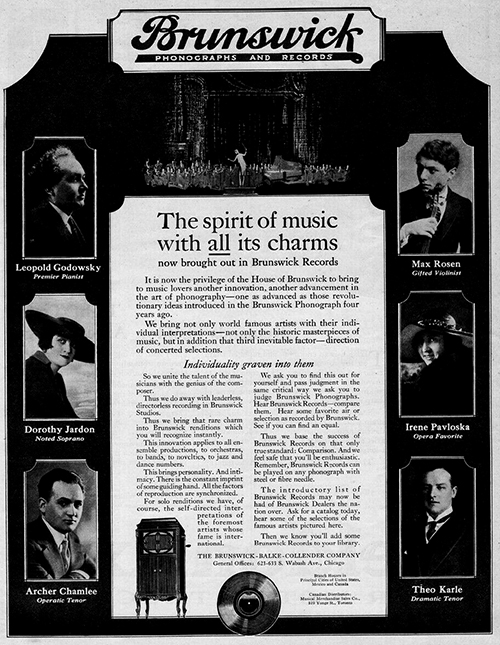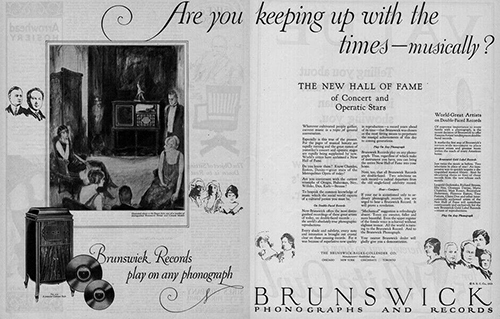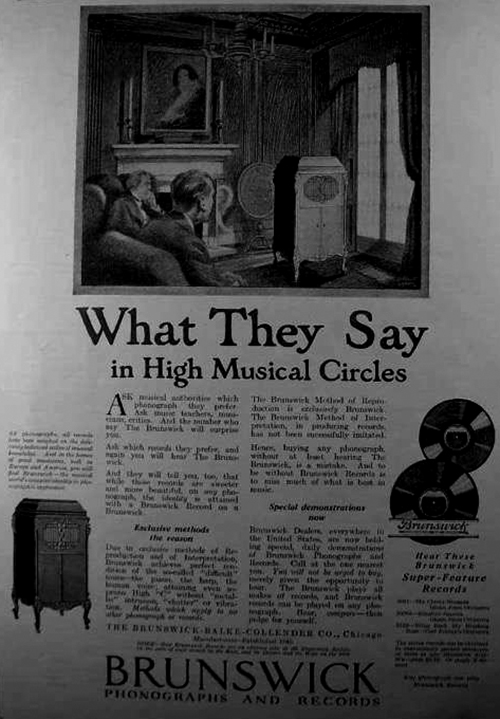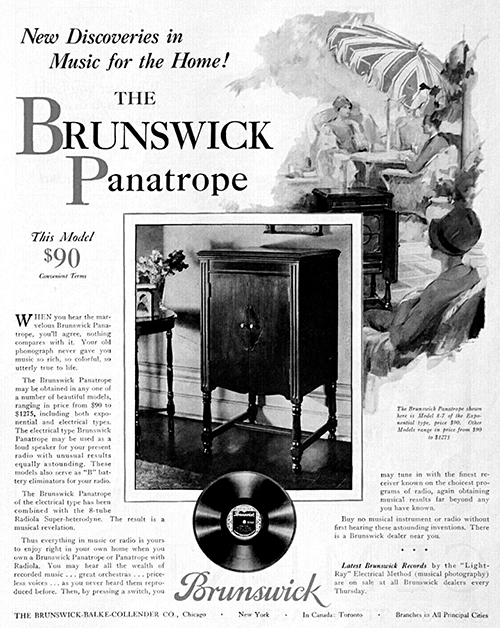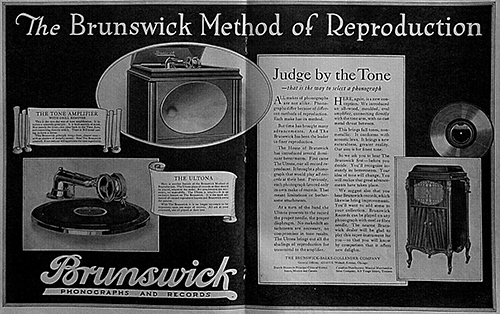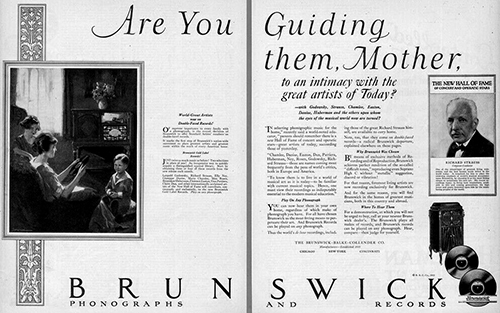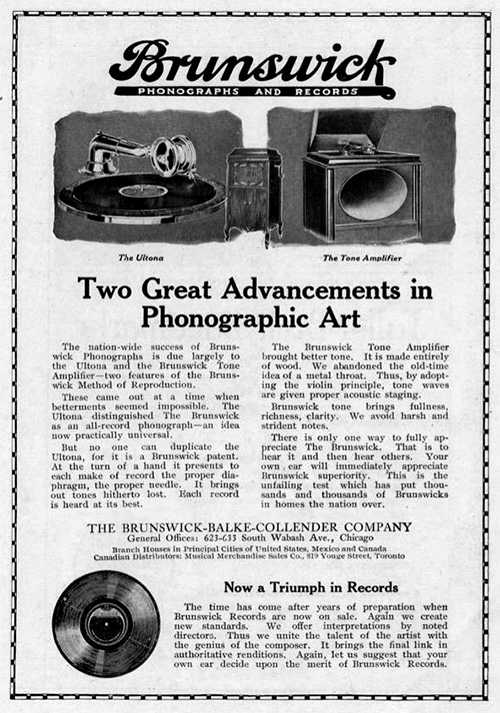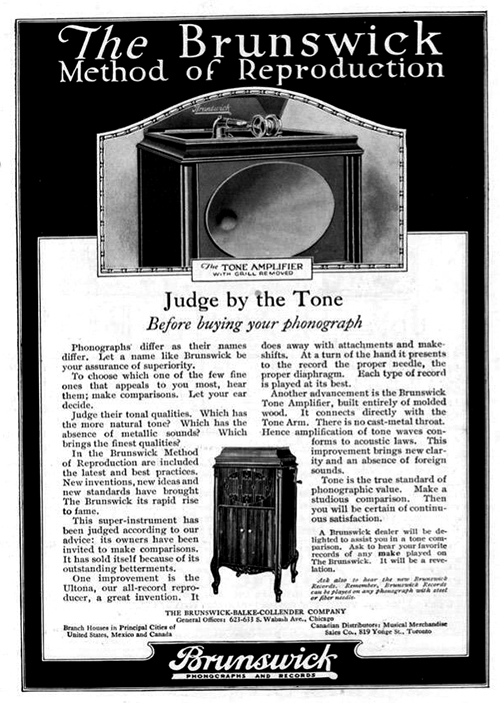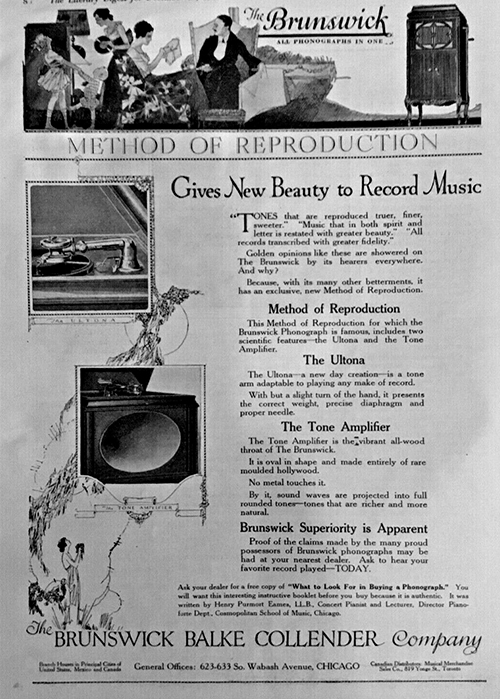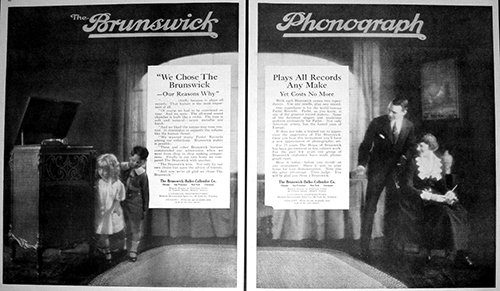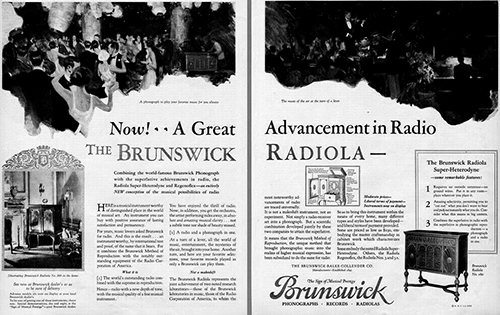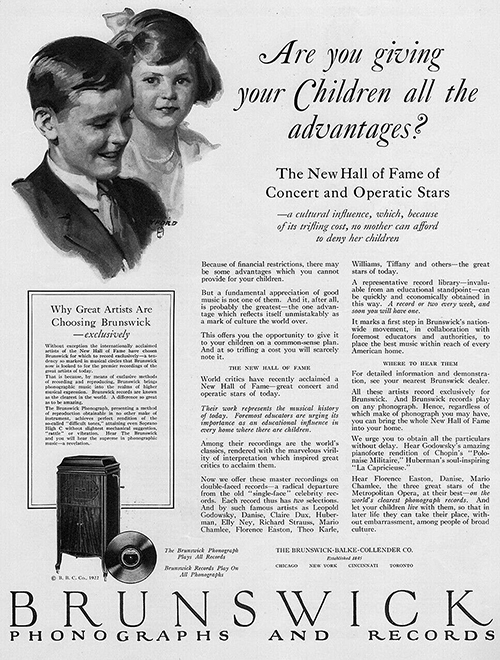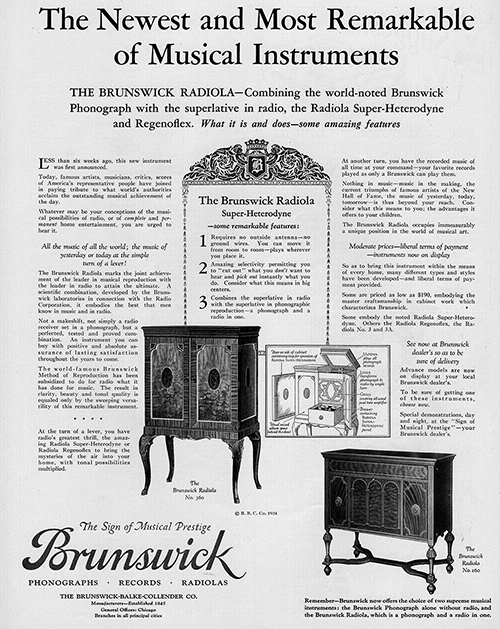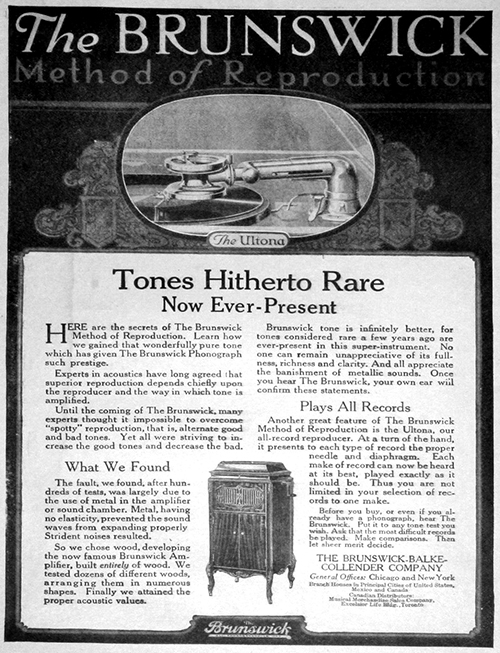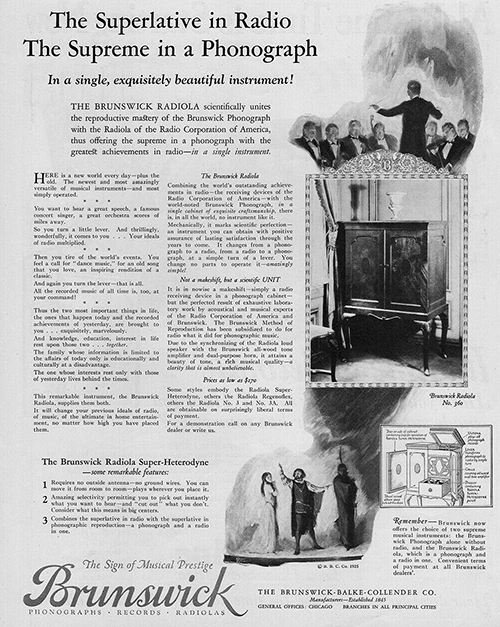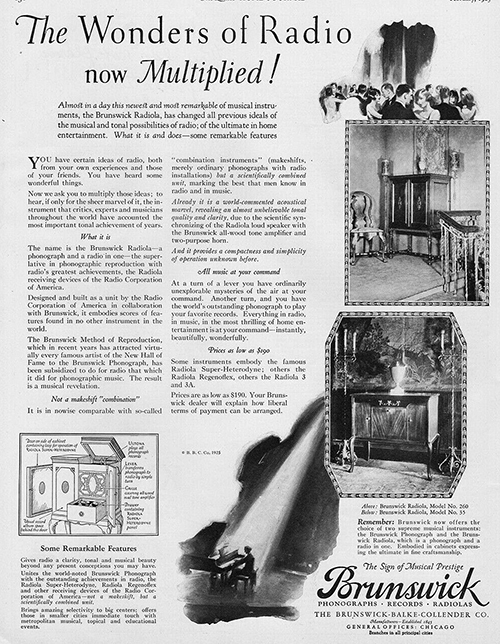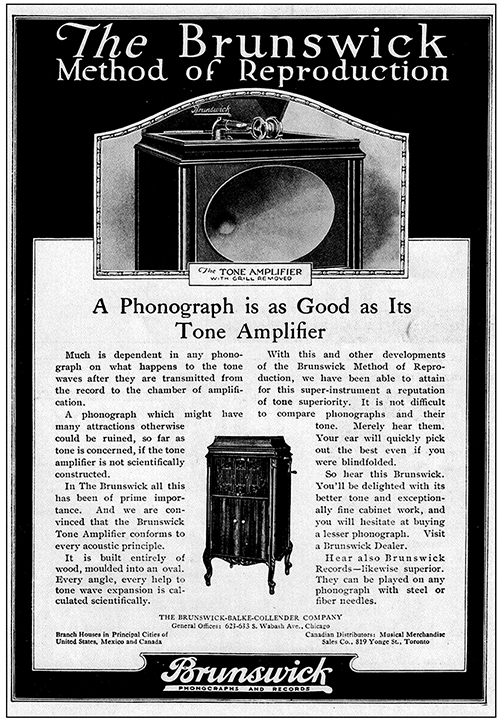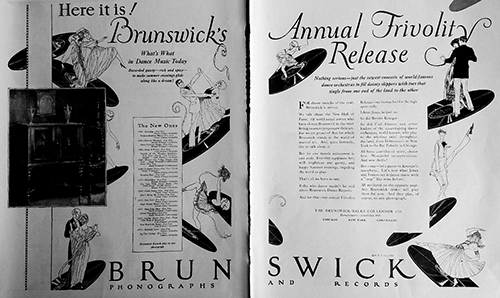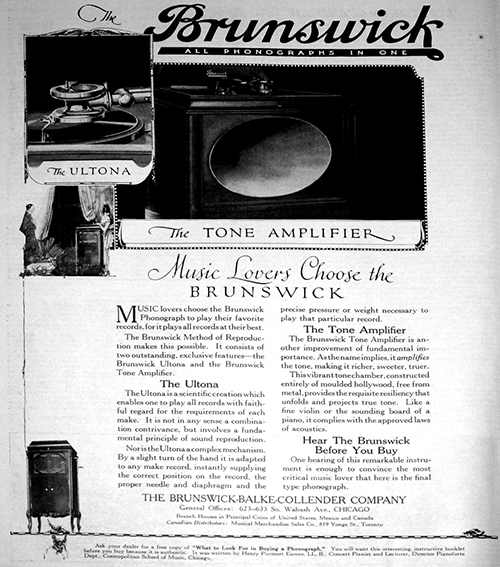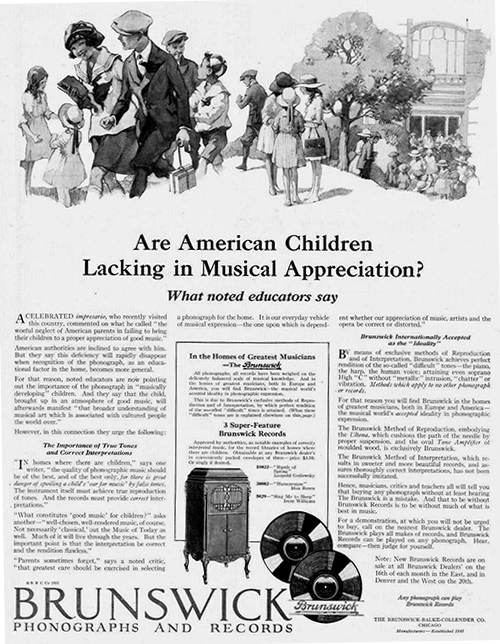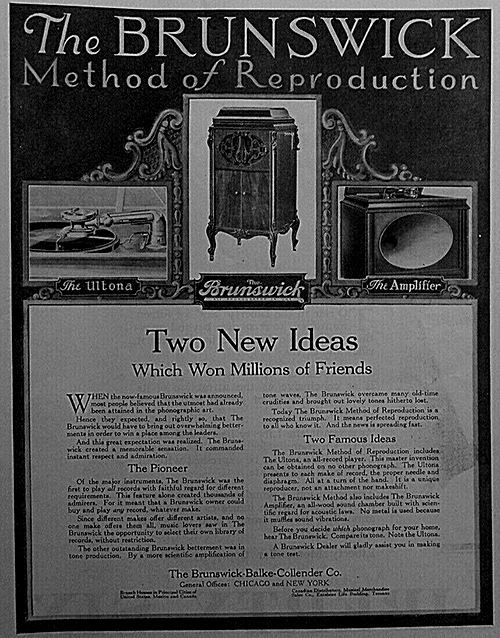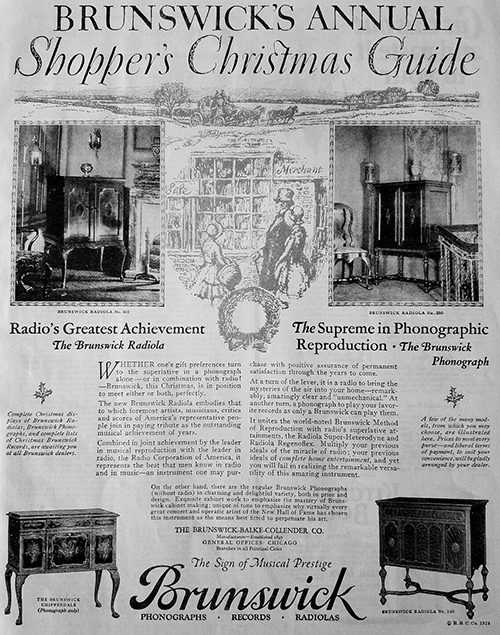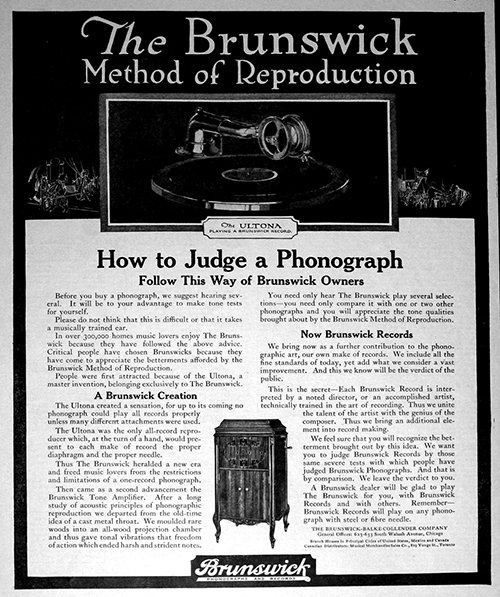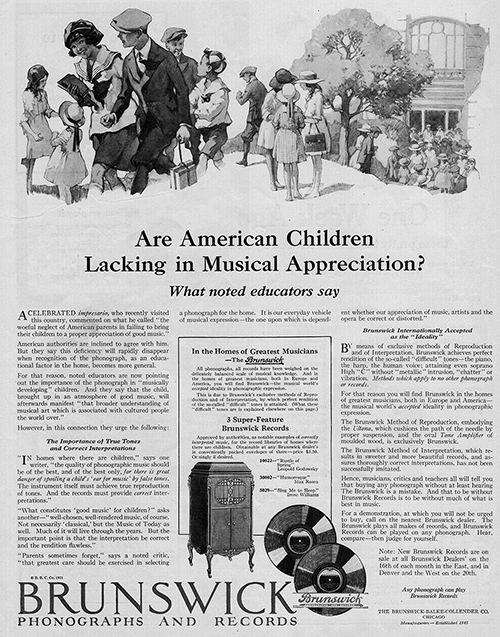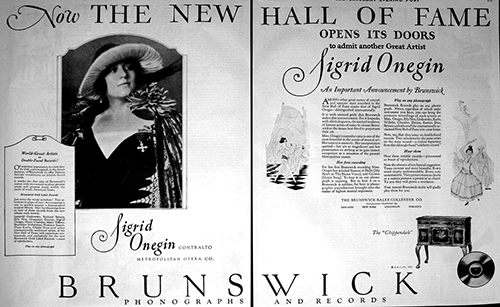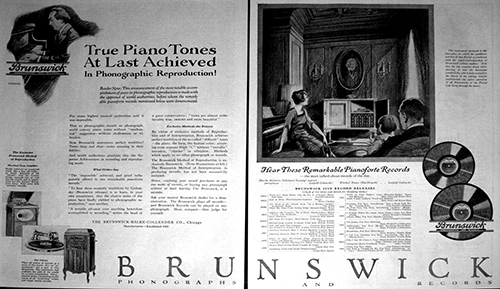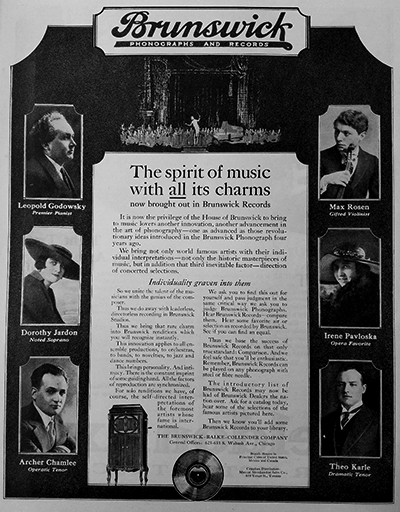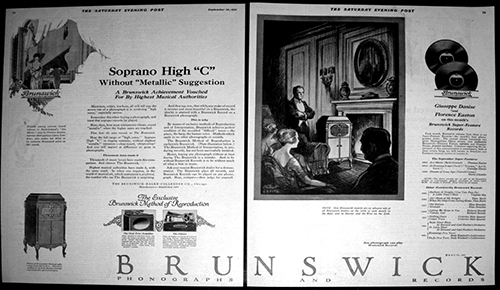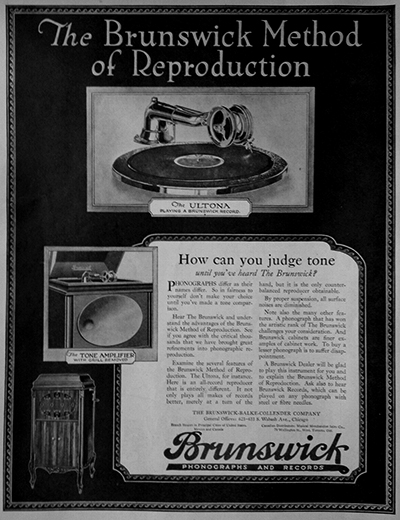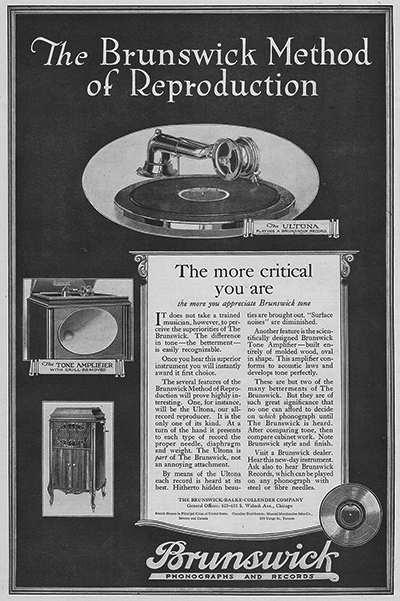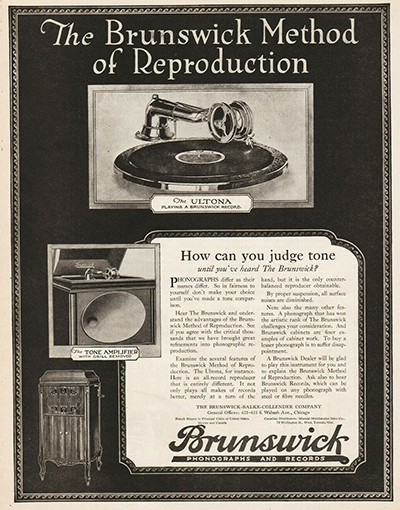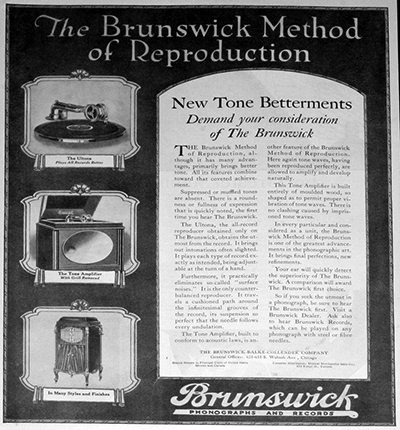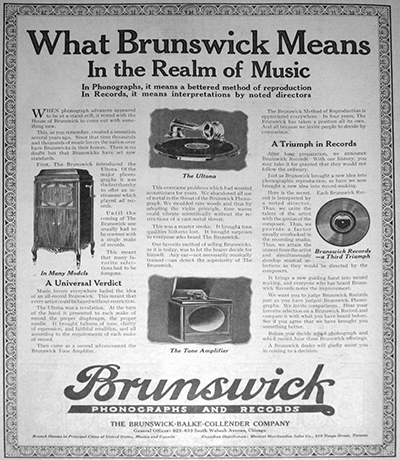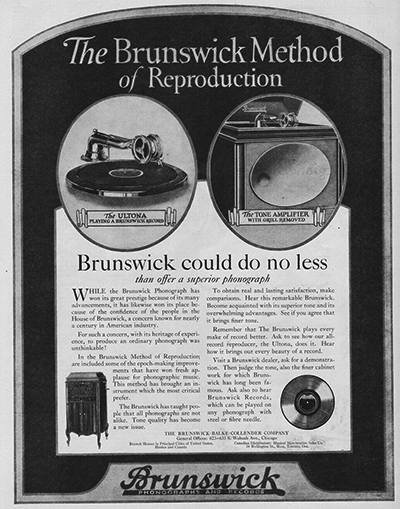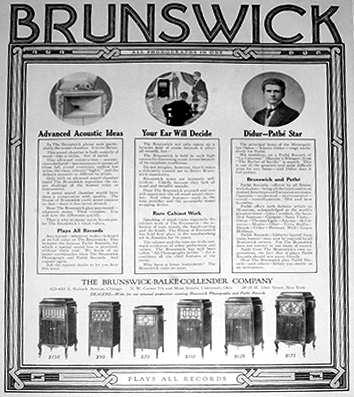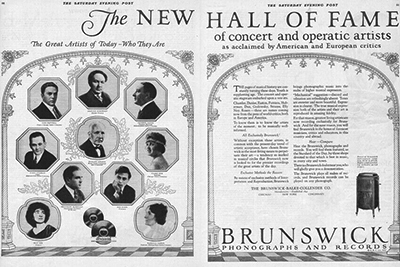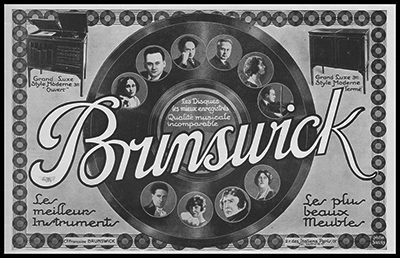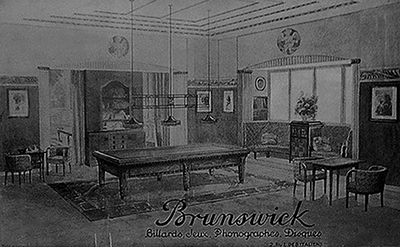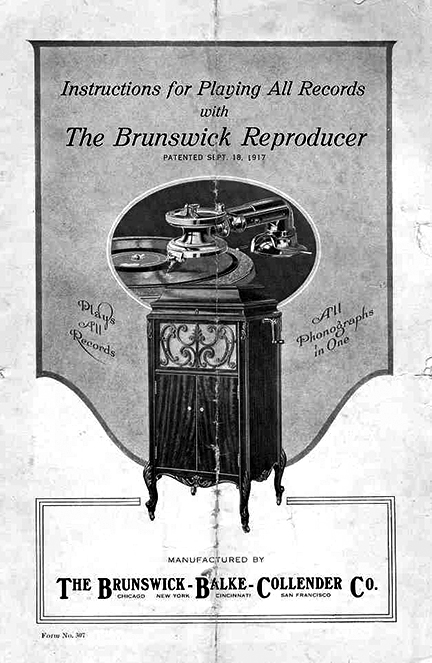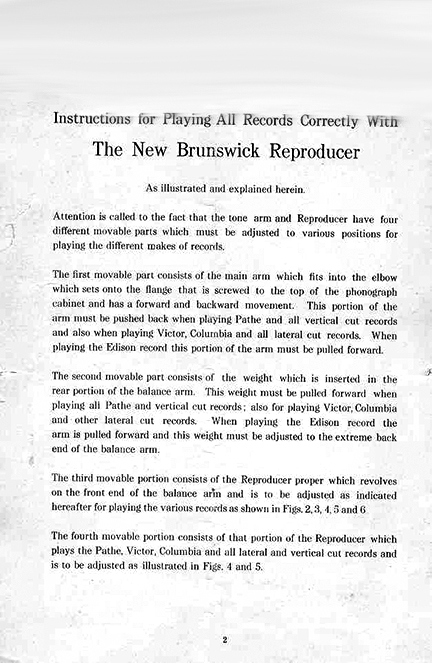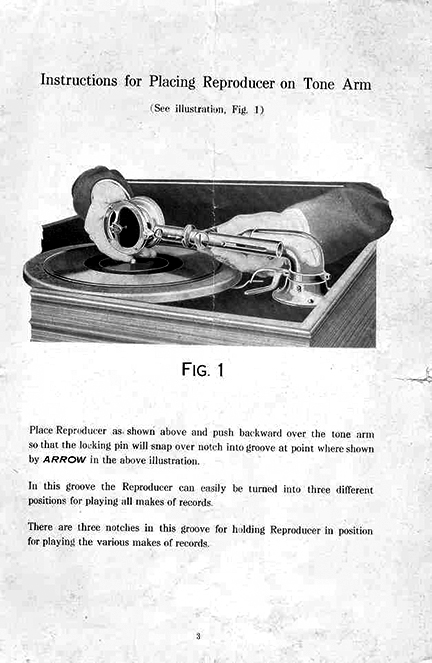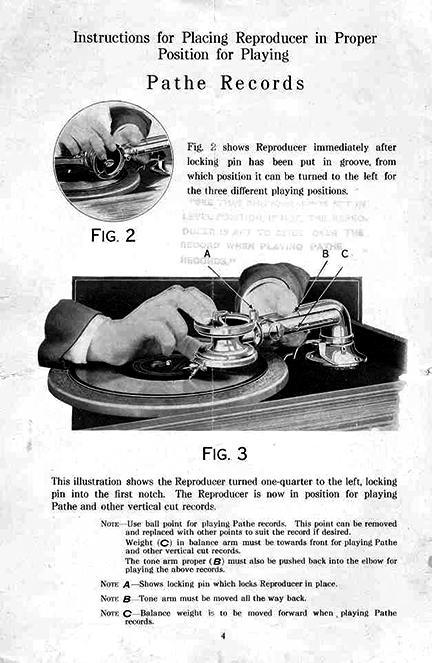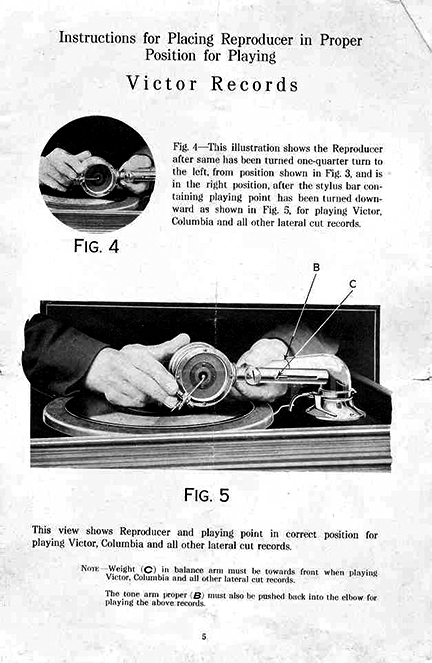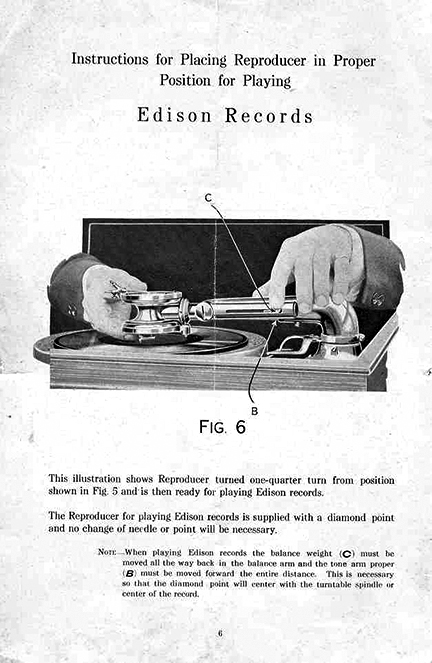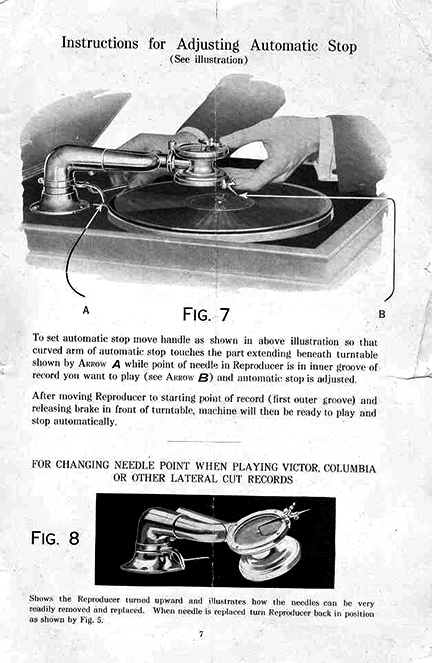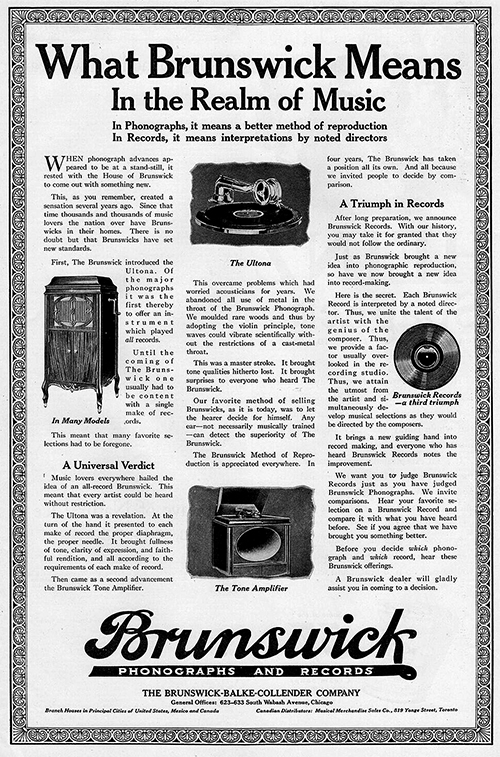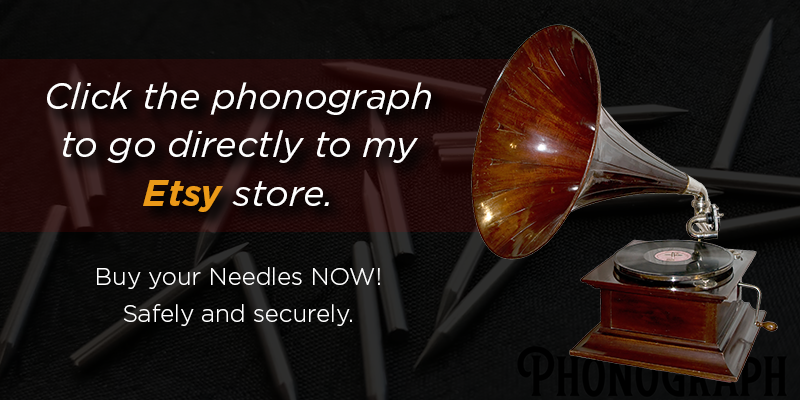
Brunswick & Balke Co.
Brunswick was founded by Swiss immigrant, John M. Brunswick. The J.M. Brunswick Manufacturing Company opened in 1845, in Cincinnati, Ohio. Brunswick intended his business to make horse carriages, he decided that making billiard tables would be more profitable, as the better billiard tables were imported from England. Brunswick billiard tables were a commercial success, and opened up the first of what would become many branch offices in Chicago, Illinois in 1848.
In 1873, the Brunswick company merged with competitor Great Western Billiard Manufactory owned by Julius Balke to become the Brunswick & Balke Company.
In 1884, another competitor, H.W. Collender Company of New York was absorbed to form the Brunswick-Balke-Collender Company.
The company expanded into making a number of other products. Bowling balls, pins, and equipment led a growing line of sporting equipment. Brunswick expanded the product line to include such diverse products as toilet seats, automobile tires and phonographs.
The Brunswick line of home phonographs were commercially successful. Brunswick scored big with their "Ultona" phonograph capable of playing Edison Disc Records, Pathé disc records, and standard 78’s. In the late 1910s, they introduced Brunswick Records. These first Brunswick Records used the vertical cut system like Edison Disc Records, and were not sold in large numbers.
In 1920, a lateral cut (Needle cut) line of records was released. This system that was then becoming the standard for 78 disc records. Within a few years, Brunswick became one of the USA's Big Three record companies, along with Victor and Columbia Records.
Brunswick knew the importance of signing artists to their label and recorded such artists; Bob Haring, Isham Jones, Ben Bernie, and Abe Lyman, banjoist Harry Reser, Al Jolson, Fletcher Henderson, Duke Ellington, King Oliver, Andy Kirk, Red Nichols and others. In late 1924, Brunswick acquired the Vocalion Records label. In 1930, Brunswick sold the control of the record company to Warner Brothers. In 1939, Brunswick label was sold to Columbia Broadcasting System. In 1944, Decca revived the Brunswick label, mostly for reissues of recordings from earlier decades, particularly Bing Crosby's early hits of 1931 and jazz items from the 1920s.
The Brunswick-Balke-Collender Company officially changed its name to the Brunswick Corporation on April 10, 1960. Brunswick acquired Mercury Marine in 1961. In the 1980s, Brunswick became a major maker of yachts and pleasure boats, whose brands include Bayliner, Boston Whaler, Maxum, Sea Ray, and Trophy.
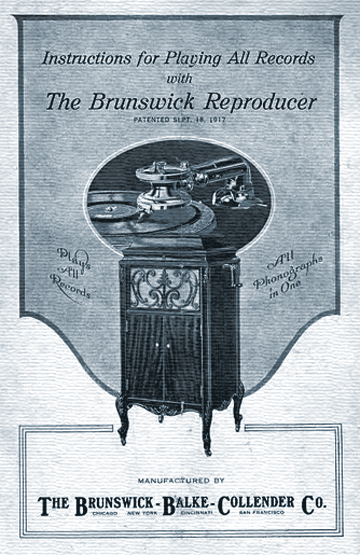
The tone arm and reproducer of the Brunswick have four different movable parts that need to be adjusted for playing the different makes of records.
|
Instructions for Placing the Reproducer on the Tone Arm
|
Proper position for Playing Pathe records.Reproducer locking pin is in the groove and can be turned to the left for the three different positions. See the image below.
|
Proper position for playing Victor and other lateral cut records (Metal Needle)This shows the reproducer after it has been turned one quarter to the left. The stylus bar containing the metal needle has been turned downward.
This image below shows the reproducer in the correct playing position.
Changing the Metal needle when playing Victor and other lateral cut 78rpm records.
|
Proper placement for Edison Records
This shows the reproducer turned one quarter from the previous position and is ready for playing Edison records. The reproducer uses a diamond point and no change of the needle is necessary.
|
Adjusting the Auto Stop
A. Move the handle so that the curved arm of the auto stop touched the part extending beneath the turntable.
|

